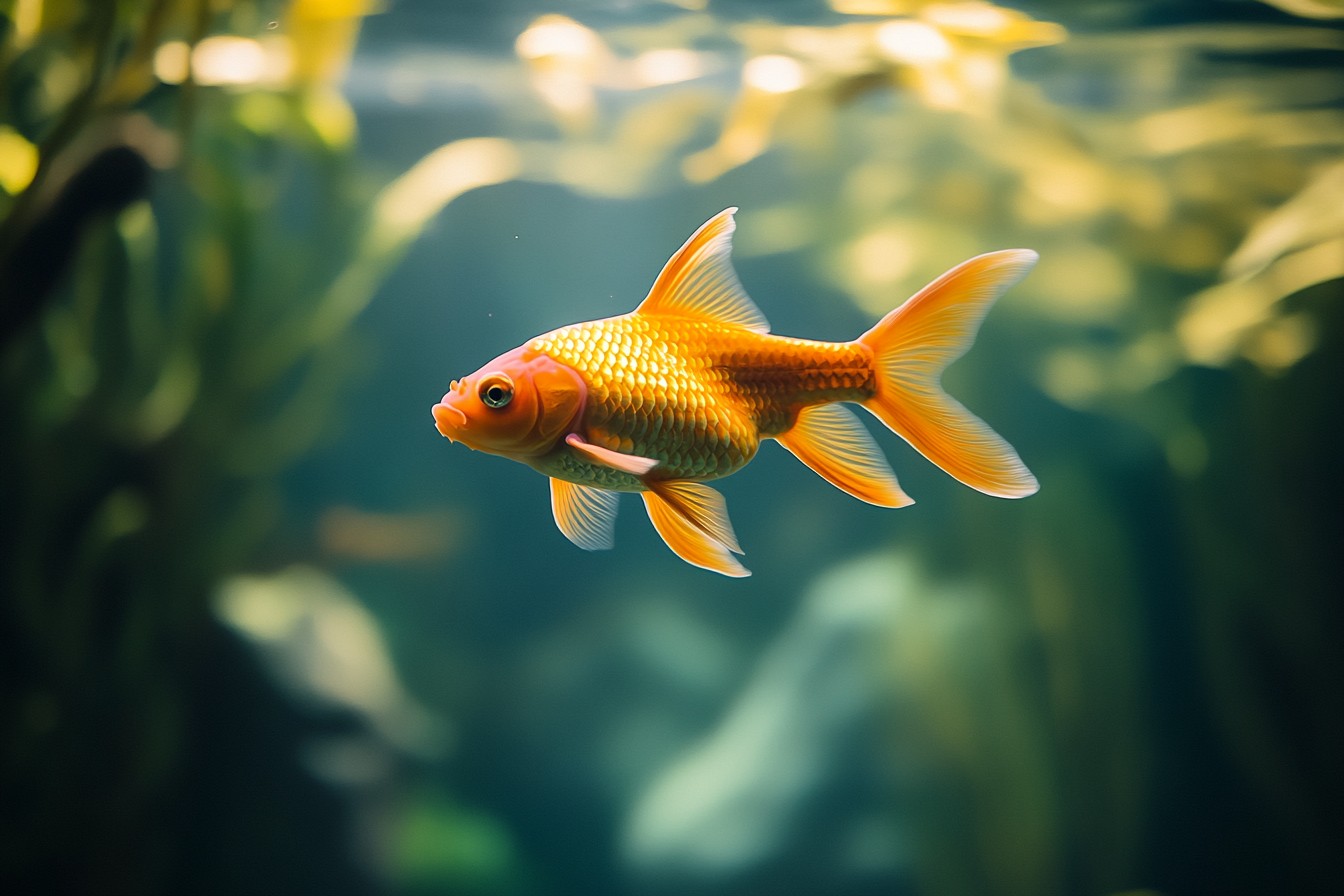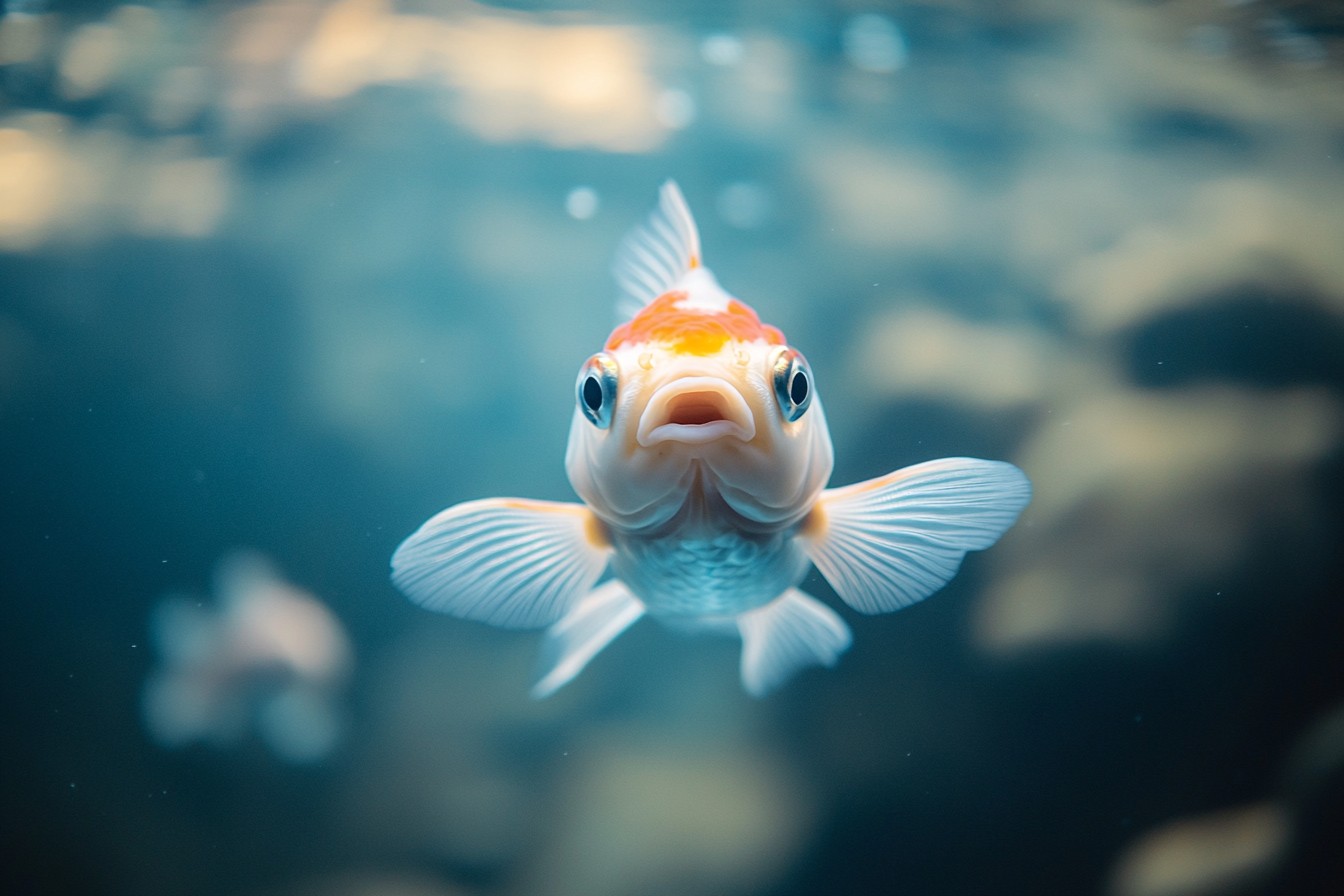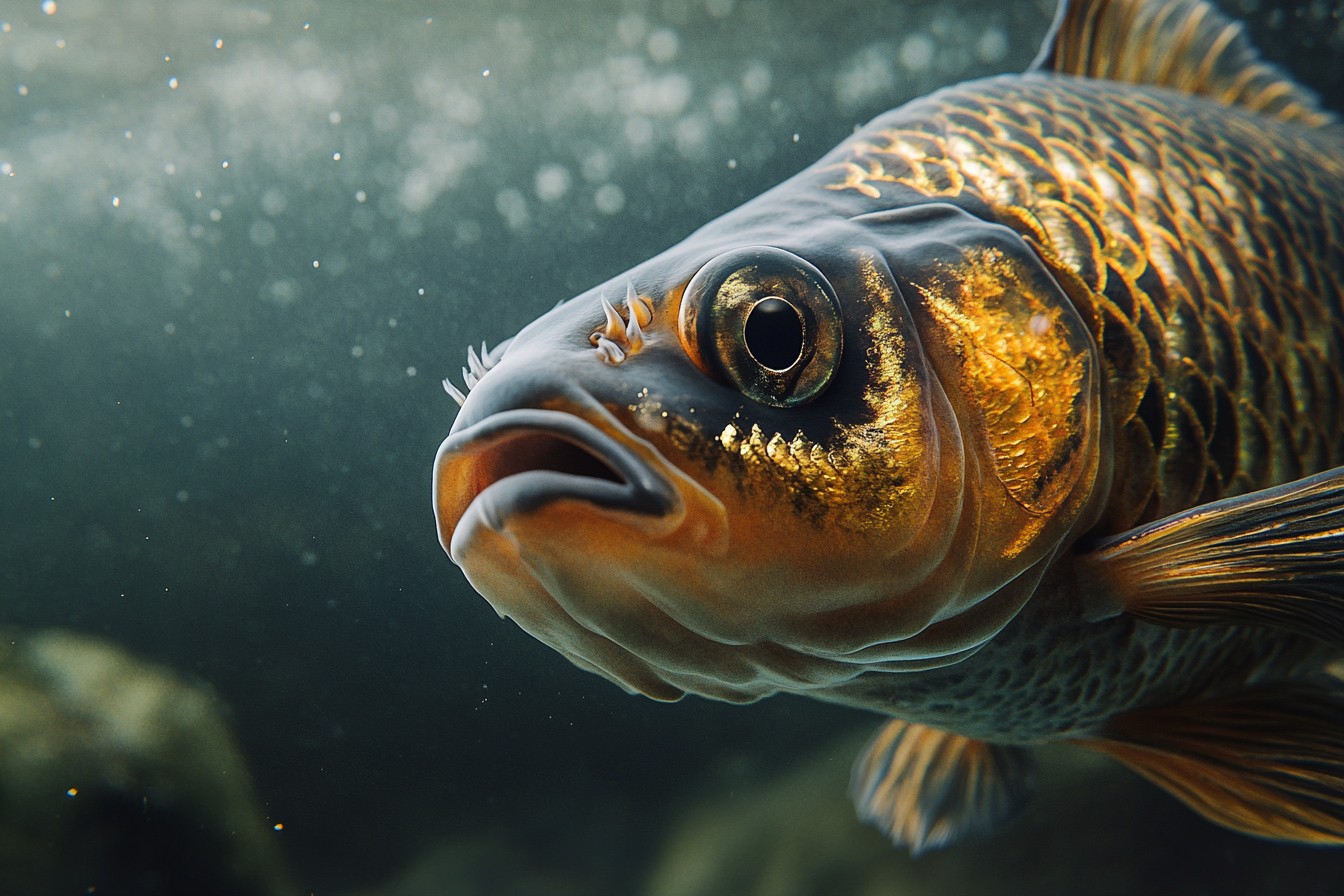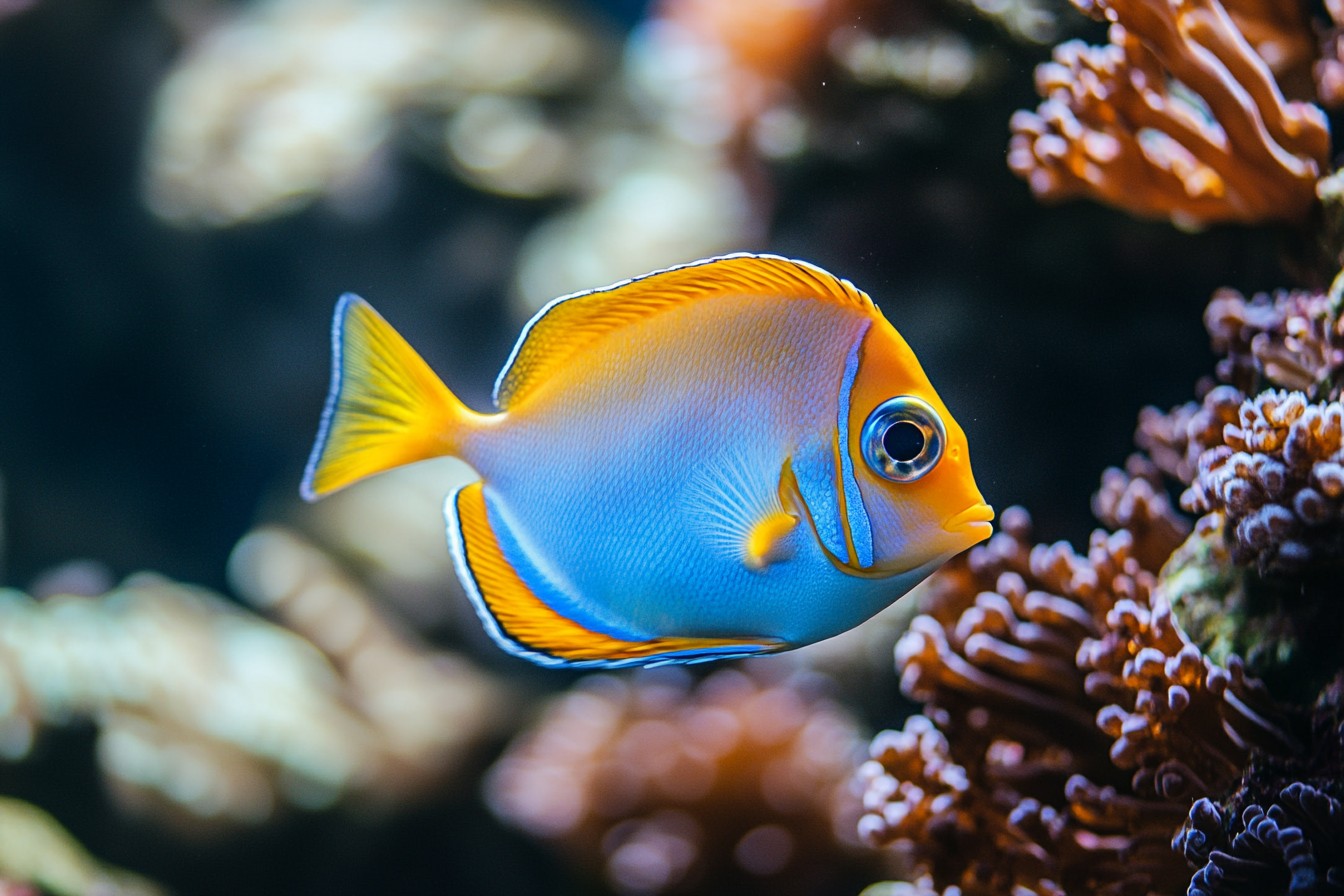Let me tell you about the time I lost an entire community tank to ich. Six years of careful stocking, some fish I’d raised from juveniles, gone in the span of a week because I couldn’t resist a gorgeous school of rummy-nose tetras and skipped quarantine “just this once.” I still wince thinking about it. That 55-gallon tank sat empty for almost two months afterward while I disinfected everything and reconsidered all my life choices.
It was an expensive, heartbreaking lesson that fundamentally changed how I approach fish keeping. Quarantine tanks aren’t sexy. No one’s posting glamour shots of their bare-bottom 10-gallon with a single sponge filter and PVC pipe “decor” on Instagram.

They’re utilitarian, sometimes ugly, and take up valuable space in your home. They’re also absolutely essential if you’re serious about this hobby. After my catastrophic ich disaster, I made a solemn vow: no fish enters any of my display tanks without completing a minimum three-week quarantine period.
No exceptions, no matter how healthy they look, no matter how reputable the source. My current quarantine setup is almost embarrassingly simple compared to my high-tech display tanks. A standard 20-gallon long sits on a metal rack in my office, equipped with a basic heater, a large sponge filter that runs constantly in one of my established tanks (ready to be moved over when needed), and a few PVC pipe segments for hiding places.
The substrate is… well, there isn’t any. Bare glass bottom makes observing fish easier and disease treatment simpler.
Total cost, excluding the tank itself: maybe $60. Total peace of mind: priceless. The first time I mentioned mandatory quarantine to a client who had hired me to set up their dream reef tank, they balked at the added expense and complexity.
“I’m already spending thousands on the main system,” they argued. “The fish are coming from a high-end shop. Do we really need this extra step?” Six months later, when a gorgeous but parasite-ridden blue tang would have devastated their established reef without the quarantine protocol we’d implemented, they sent me a text that simply read: “You were right.
Thanks.”
I’ve developed a standard quarantine protocol that has served me well for years now. New fish spend a minimum of three weeks in isolation, regardless of their apparent health. During this period, they’re observed daily for any signs of disease or distress—unusual swimming patterns, rapid breathing, loss of appetite, visible parasites or fungal growth.
I also use this time to adapt them to prepared foods, which can be challenging with some wild-caught specimens. What most beginners don’t realize is that the stress of capture, transport, and introduction to new environments dramatically increases the likelihood of disease outbreak. Fish that appeared perfectly healthy in the store can develop symptoms days or even weeks later as their immune systems struggle with the cumulative stress.

The controlled environment of a quarantine tank not only prevents these potential pathogens from reaching your main system but also creates optimal conditions for recovery. My quarantine protocol isn’t just about observation—I take a proactive approach with most fish. After giving them 2-3 days to acclimate to the quarantine tank, I typically implement preventative treatment for common parasites.
For freshwater fish, this often means a carefully measured course of medication targeting both external parasites and potential internal ones. For marine fish, I’ve become a strong advocate of the “tank transfer method,” which breaks the life cycle of many common parasites without medication. The specific details vary by species, but the underlying principle doesn’t: assume there’s something to treat, even if you can’t see it yet.
This preventative approach has occasionally raised eyebrows among purist hobbyists who argue against medicating without visible symptoms. My counter-argument is simple: I’d rather treat ten healthy fish unnecessarily than lose a single one to a preventable disease. After nearly two decades in this hobby and countless fish under my care, I’ve made peace with being overly cautious.
The hardest part of maintaining a proper quarantine system isn’t the setup or even the medication regimens—it’s patience. When you’ve just spent a small fortune on a stunning fish, the temptation to rush it into your display tank where you can actually enjoy it is powerful. I’ve created a rule for myself: I don’t even go to fish stores unless my quarantine tank is empty and ready for new occupants.
This prevents impulse purchases that might tempt me to cut corners on quarantine time. There’s also the matter of quarantine tank maintenance. Since they’re not permanent homes, it’s easy to neglect regular water changes and monitoring.
I treat my QT with the same care as my display tanks, testing parameters regularly and performing weekly water changes. The difference is in the aesthetic priorities—function over form, always. One aspect of quarantine that’s often overlooked is its role in protecting not just your established fish, but also the new arrivals.
Your stable, healthy tank is still a new environment with unique bacteria, parasites, and potential pathogens that your existing fish have adapted to but newcomers haven’t. Quarantine gives new fish time to build strength before facing these challenges. I’ve had fish that seemed robust in quarantine struggle upon introduction to the main tank, suggesting they were fighting off something endemic to that system.
My biggest quarantine failure in recent years wasn’t due to a disease I missed—it was pure, simple impatience. I had a gorgeous pair of German Blue Rams that had completed 18 days of an intended 21-day quarantine period with perfect health. No symptoms, voracious appetites, stunning colors.
With a weekend trip approaching and no one to monitor the QT, I made the fateful decision to move them to the display tank three days early. You can guess how this ends: within 48 hours, they’d developed white spots characteristic of ich, and I spent my entire weekend driving back and forth from my weekend getaway to administer treatment, ultimately raising the tank temperature to uncomfortable levels for all inhabitants. Those three days of impatience cost me weeks of headaches.
For especially sensitive species, I’ve implemented what I call “reverse quarantine”—where I quarantine new additions but also take extra steps to protect them from established fish. This has been particularly important with shy or easily bullied species. Using a separate quarantine setup allows me to not only monitor for disease but also strengthen these vulnerable fish through targeted feeding and stress-free living before they face the social hierarchy of the main tank.

One unexpected benefit of maintaining a quarantine system is having an instant hospital tank available when needed. Last year, one of my longstanding angelfish developed a bacterial infection that required aggressive treatment incompatible with invertebrates in the display tank. Because my quarantine system was cycled and ready (I keep the filter running in my sump between uses), I could immediately move the angel to a controlled environment for treatment.
He made a full recovery and returned to the display tank two weeks later—something that might not have been possible without the quarantine setup. For those deterred by the space requirements of a separate tank, I’ve occasionally recommended “quarantine corners” within very large systems, using acrylic dividers to isolate new fish while keeping them within the same system. This approach is decidedly second-best—it prevents physical contact and some parasites, but water-borne pathogens can still circulate.
I recommend it only when space constraints make a separate tank truly impossible. The financial mathematics of quarantine are straightforward but often ignored. My standard quarantine setup costs roughly the equivalent of 2-3 high-quality tropical fish.
One disease outbreak prevented potentially saves dozens of fish and hundreds or even thousands of dollars in livestock. Yet the immediate cost and delayed gratification lead many hobbyists to gamble with their established systems. I’ve been there—I understand the temptation to skip this step.
I also understand, from painful experience, that this gamble eventually, inevitably fails. For those new to the concept, I recommend starting simple. You don’t need an elaborate setup or expensive medications.
A basic tank with a sponge filter, heater, and some PVC pipe hiding spots will handle most quarantine needs. Focus on consistent observation and good husbandry during the quarantine period. The specific treatment protocols can be researched as needed based on the species you’re keeping and any symptoms you observe.
Beyond disease prevention, quarantine periods offer a valuable opportunity to observe behavior in a controlled setting. I’ve used quarantine to assess temperament before adding potentially aggressive species to community tanks, to pair bonded species like German Rams before introducing them to a larger system, and to acclimate extremely shy fish to my presence and feeding routines. This observational period has prevented numerous potential compatibility disasters over the years.
Quarantine becomes especially crucial when mixing fish from different sources. Fish farms and wholesalers often have their own endemic pathogens that livestock have adapted to—problems arise when these different pathogen populations mix in your tank. I once made the rookie mistake of simultaneously introducing fish from three different sources directly into my display tank.
The resulting disease outbreak was like nothing I’d seen before, with different fish showing different symptoms as various pathogens found new, vulnerable hosts. If I could impress one thing upon new hobbyists, it would be this: quarantine isn’t an optional advanced technique—it’s a fundamental practice that becomes more important, not less, as you gain experience and invest more in your aquariums. That bare, unimpressive tank in the corner has saved more fish lives than any high-tech filter or expensive supplement I’ve ever used.
It’s not glamorous, but neither is dumping years of careful stocking down the drain because of one preventable mistake. Trust me—I’ve been there, and the quarantine tank I set up afterward was small consolation for the community I’d lost.




